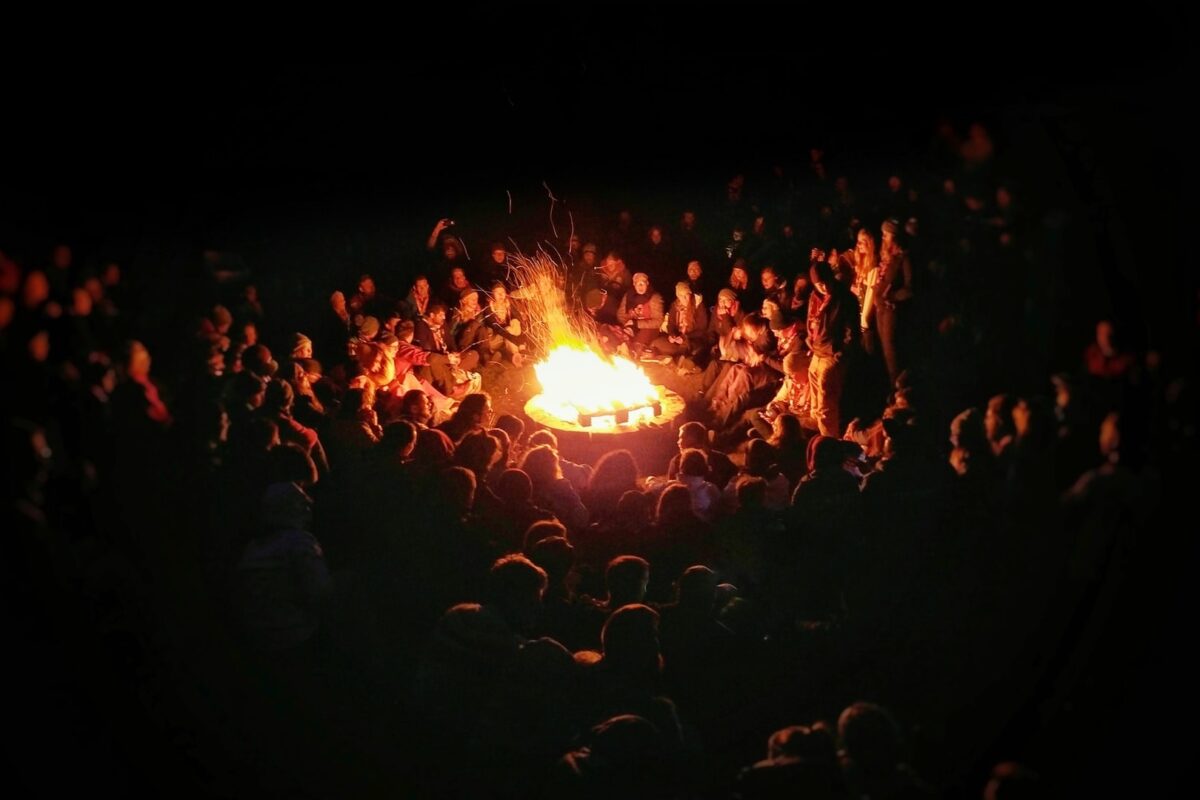Sam Donoghue shares some reflections from his time joining a Scout camp, about all-age activities.
Shock horror, but I was not at church on Sunday a few weeks ago – I was at Scout Camp! I’m not a leader, but the troop that my son belongs to has an annual camp for children and their parents. It was for all the ages, so it included Beavers and Rainbows right up to Scouts and Guides. It was, in effect, a massive all-age event which worked really well – so obviously I couldn’t help but think about why it worked and how we could learn from it.
I’ve got three definite points and then some reflections on a larger activity that we might learn from.
Helping out is an all-age activity
As you can imagine, there was a lot of washing up to do, and only two sinks. They became natural all-age hangout spots, which reminded me that children like to be useful and if you ask them to help you with a job, they generally say yes. This is obviously truer with children that aren’t your own! This is such a simple thing that you can do to develop relationships. It also gives the child or young person agency to contribute to the community. Too often we think that including young people means them doing stuff at the front, which not all children want to do. Invite them to help with anything and everything!
Eating together is important
The food tent became a natural all age space where families were blended around the tables, and everyone chatted. I know we know this but again, useful reminder about the power of eating together, and if possible, doing it around tables.
All-age communities need time and space to form
The beauty of the camp was that we had three days and a light schedule. This meant that relationships formed slowly. I’d be sat with a group of adults chatting in the sunshine and a few young people would just join the circle and be part of the conversation for a while but then would wander off to do something else. When you saw them again, you’d continue the conversation in the queue to wash up, nothing forced as you had all the time in the world. It felt way removed from the chats I sometimes have at church with some of the kids in my age group where I know I’ve only got about 30 seconds before they need to go home, or the service starts.
Those were my three neat points and people who like neat points might want to stop reading.
Thinking differently about activities
There was also an all-age activity that was genius, but not easy to replicate! We were split into big groups and given four hours to make a large construction that depicted an invention or major event from a decade we’d been assigned. We were given the 90s. We also had to make 1m of bunting and a commemorative coin. We had access to tools, a huge pile of pallets, paint and loads of craft stuff. I also discovered that two of the dads in my team had come second last year and came equipped with car boots full of extra resources!
My group decided we would mark the invention of Google by making a huge computer that would be big enough to act out scenes from the 90s in. Off we went, jobs divided out and as I looked around, I had the younger kids with me painting bunting and then a “Channel Tunnel”. The older kids were smashing up pallets to prepare them for making other stuff. Most kids weren’t with their parent, but with whoever was doing an activity that they wanted to help with.
I liked that a lot. I’ve been in all-age services like that, where the reflection enables people to respond in a way that works for them, rather than in a way set for their age group. It got me thinking that we could try that more – give children space to respond alongside people who respond in a similar way.
If you’re doing anything like this in your church, please do get in touch – we’d love to come and see what you’re up to!
